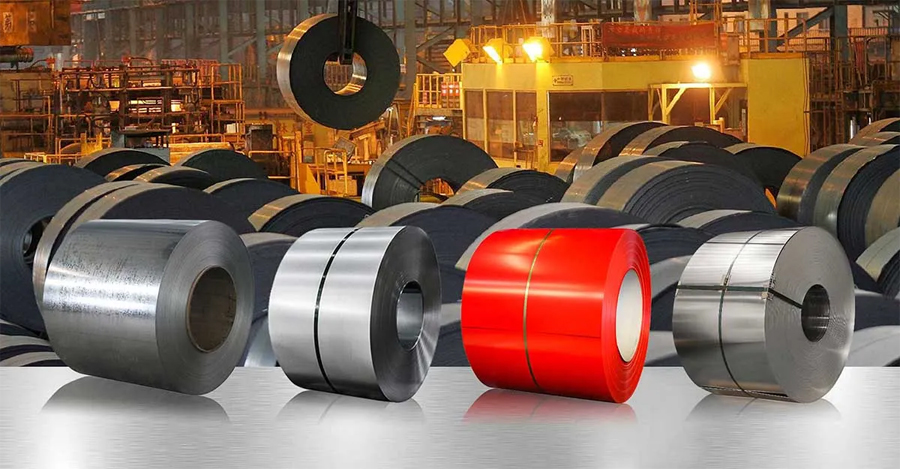Steel is an outstanding material for pole barns, but the substrates can be confusing. While there are similarities between galvanized, galvalume & galvanneal, there are differences, as well. Let's dive into the property and usage differences between these metallic-coated steel products!

Galvanized steel was invented and developed for commercial use in the first half of the 19th Century, so it has nearly 200 years of proven track record. This substrate is coated with a thin layer (60, 90, or 100 ounces) of zinc. This protects the metal from harsh components that cause corrosion. Eventually, the zinc layer will fade. While fading sounds like a problem, this is actually just how the coating works. The zinc is essentially sacrificing itself in the event of a scratch - stopping the spread of rust! Shineyond Group suggests galvanized steel is often used for steel frame buildings, cool rolled sheet metal, nuts, bolts, tools, and wires of all kinds. This is because it is a cheap process, and helps boost the metal’s lifespan.
Bethlehem Steel developed galvalume in 1972, so it has been in use approximately 50 years. Galvalume is slightly different than galvanized metal. While galvalume is similar to galvanized, this substrate is glazed with both zinc and aluminum by a continuous hot-dip process. The alloy mixture consists of 43.5% zinc and 55% aluminum (along with a small percentage of silicon, 1.5%). Galvalume combines the protective properties of zinc and aluminum to generate a stronger coat. Unlike galvanized, galvalume does not have a spangle finish. Although both galvalume and galvanized substrates prevent rust, galvalume outranks galvanized steel in terms of long-term protection.
In most residential steel roofing applications, including near-coastal areas, galvalume steel will be a better and more corrosion-resistant option than G-90 galvanized steel. Galvalume steel is best for use in prefabricated metal wall panels and standing seam metal roof applications with concealed fasteners. However, you should avoid using galvalume panels with exposed-fastener steel roofing systems such as corrugated or ribbed steel roofs or using galvalume steel on, in, or around concrete or mortar. Concrete and mortar are highly alkaline environments. Bare galvanized G-90 steel and especially Kynar 500 painted galvanized G-90 steel will perform better in this type of environment.
Galvanneal is very similar to the galvanized substrate, as it also only uses a zinc on steel coating. However, with galvanneal, the zinc reacts with iron to form a zinc-iron alloy. You will also notice galvanneal has no shimmer. In fact, galvanneal will produce a matte finish (Know Your Steel). Of the three substrates, galvanneal has the lowest rating in terms of corrosion resistance. But that does not make it any less useful. Galvanneal is often utilized for products that will be painted. Plus, it is much easier to weld than galvanized or galvalume.
Although galvanized, galvannel and galvalume are the most commonly known substrates used in the post-frame industry, galfan is another worth mentioning. Galfan is the most recent invention of the four substrates, and the most corrosion resistant. The coating for galfan consists of 95% zinc and 5% aluminum. Like galvalume, galfan is a registered and patented trademark brand and only manufacturers with a license from the brand owners can produce and sell in the brand.
Previous: Why Is Stainless Steel Cable Mesh Important?
Next: Bullnose Corner Beads
Copyright:@2020-2021
Comments Please sign in or sign up to post.
0
0 of 500 characters used